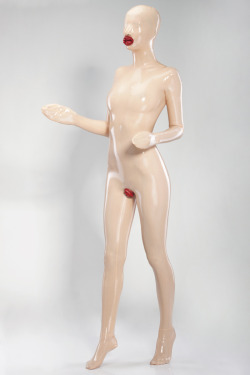classicalmonuments:Sanctuary of SfirehSfireh, Dennieh region, north LebanonThe Sfireh temples were o
classicalmonuments:Sanctuary of SfirehSfireh, Dennieh region, north LebanonThe Sfireh temples were of the largest ruins in Lebanon, built in the time of the Emperor Septimius Severus in the 2nd century CE. which explains the name of the village of Sfireh, adapted from Severus.The sanctuary occupies a terrace at the foot of Qornet Hosn el-Aatiq, at an altitude of 1200 m. There is a panoramic view of Tripoli and the wooded region of Sir ed-Daniyé, above the gorges of Ouadi Qatine, to the south, and the terraces of the valley of Ouadi Abou Moussa, to the north. Some remains indicate that the site would have hosted a Christian basilica and a fortified town, from which it would derive its name of Hosn , “Fortress”. Three religious buildings from the Roman period are grouped together within the same peribola.The great Temple283-4 CEThe great temple stands out as the most imposing of all. It must have been originally designed as a Pseudodipteral building on a podium, open to the east, with a tetrastyle pronaos , a peristyle made up of six columns in front and eleven columns on each of the long sides and a cella at the bottom of which rose the platform of an adyton equipped with a crypt. However, its podium, made of megalithic blocks, was not extended to the screed walls of the staircase and, as the blocks of the stylobate are rough in size, it is impossible that the columns of the pronaos and those of the peristyle were once raised there. Only the cellahas therefore been carried out. It rises on an attic base largely in the state of draft. Preserved almost everywhere on a height of eight seats, its walls are built in simple apparatus with blocks of large apparatus, even megalithic (some of them measuring up to 3 m long). On the facade, they are extended by antes, to which correspond angular pilasters at the back of the building, and are decorated with six pilasters engaged on each of the long sides, two pilasters engaged in the rear wall of the temple and a band. horizontal projecting, at breast height.A large axial bay and a small side door give access to the cella. To the left of the main entrance, a second side door leads to a stairwell and to the upper parts of the building. On the portal, restored by H. Kalayan, only the decoration of the lintel and its two side consoles has been completed; an eagle in high relief stands out in the middle of the lintel. Inside the cella, the pavement could never have been made. The walls of the room are here also adorned with engaged pilasters and a projecting horizontal band. The pilasters form seven spans from the entrance wall to the back wall.The adyton platform occupies the last three spans of the cella. Two staircases are integrated into its massive, broader, center, and the other closer to the left, while a side door gives access to the crypt, right. The engaged plinths that rest on the platform are the only elements kept at the upper level.One wall is dated by inscription 283-4 CE. Of interest is that the benefactors, Aristonas, Diodoros and Silonas, all have Greek names, but the architect, Gaius, and his stonemasons, Bennius and Publius have Roman names.The small Temple - Two column antae temple of the Ionic order, open to the east 3.5 m north of the big one. Sources: 1, 2 -- source link
Tumblr Blog : classicalmonuments.tumblr.com



















